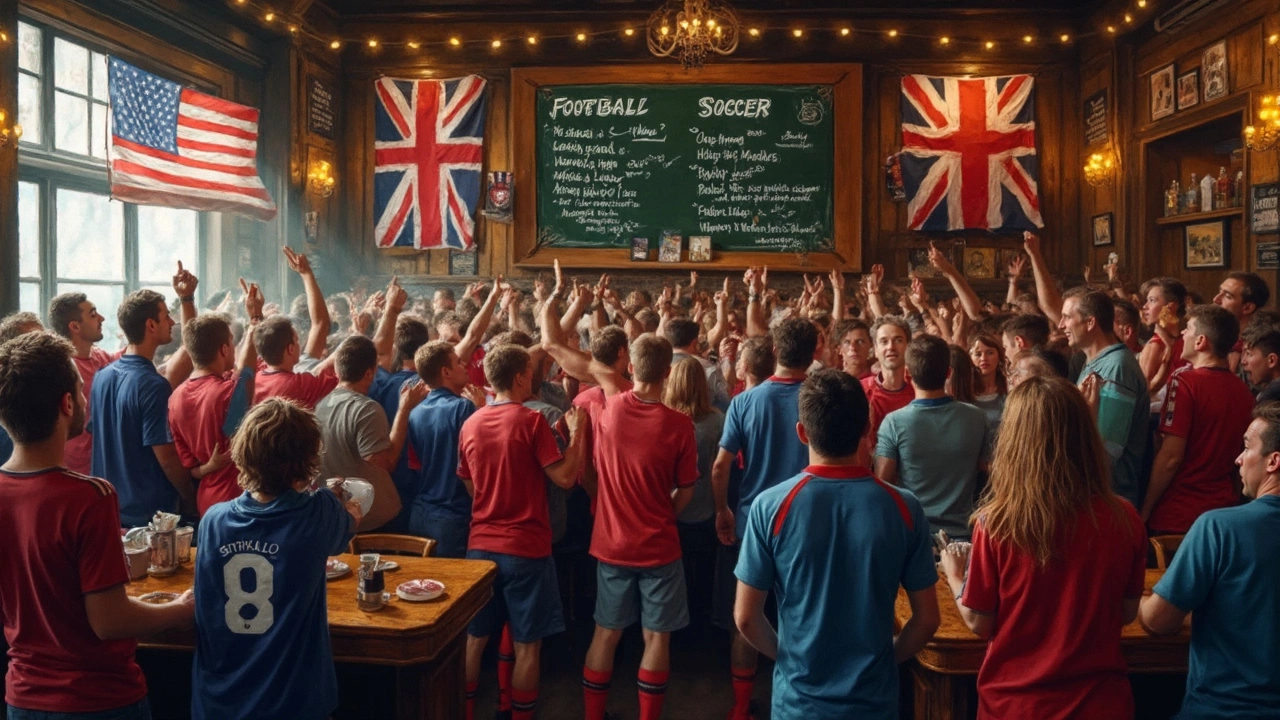Soccer: Rules, Players, and How to Get Better at the Game
When people say soccer, a team sport played with a spherical ball where two teams try to score by getting the ball into the opponent’s net. Also known as football, it’s the game that stops nations, unites strangers, and turns kids into legends overnight. It’s not just about kicking a ball—it’s about timing, space, and grit. Whether you’re watching the Premier League or playing in a local park on a Saturday morning, soccer demands more than talent. It needs smart movement, quick decisions, and the kind of endurance that comes from real, consistent training.
Every soccer player, someone who participates in the sport at any level, from youth academies to amateur leagues knows the basics: five substitutions, offside lines, and why the goalkeeper can’t pick up a back-pass. But what separates good players from great ones? It’s how they read the game. Watch any top match, and you’ll see players anticipating passes before they happen—not because they’re fast, but because they’ve trained their brains as much as their legs. And that’s something anyone can work on, no matter their age or skill level.
Soccer rules, the official guidelines set by FIFA that govern how the game is played might seem simple, but they’re full of nuance. A yellow card isn’t just a warning—it’s a sign your discipline is slipping. A corner kick isn’t just a restart—it’s a chance to create chaos. And the 90 minutes? They’re not just time on the clock. They’re pressure, fatigue, and split-second choices that define careers. You don’t need to know every offside variation to enjoy the game, but understanding the why behind the rules helps you see it differently.
Training for soccer isn’t about lifting heavy weights or running miles for no reason. It’s about short bursts, sharp cuts, and recovery. The best players spend hours on ball control drills, not just sprints. They work on passing under pressure, not just shooting from 30 yards. And they recover like pros—sleep, food, and ice baths aren’t luxuries, they’re part of the job. If you want to get better, start there: touch the ball every day, even if it’s just for ten minutes. Play small-sided games. Watch how the pros move without the ball. That’s where real improvement happens.
You’ll find posts here that break down how pros train, what gear actually matters, and why some players seem to never get tired. There’s no magic formula, but there are proven steps. Whether you’re trying to keep up with your kids in the backyard, join a local league, or just understand why the World Cup feels like a national holiday, this collection gives you the real talk—no hype, no fluff, just what works.
FIFA Football (Soccer): The World's Game Explained in Detail
Learn what FIFA football (soccer) is with clear facts about the game's rules, history, big tournaments, and tips for getting involved. For fans and newbies alike.
Why Do Americans Say Soccer? Unpacking the Word's Odd Journey
Ever wondered why people in the U.S. call the world's most popular sport 'soccer' and not 'football'? This article tracks how the word 'soccer' originated, why Americans stuck with it, and what’s behind the split in naming. It also points out how language shifts reflect culture and even practical tips for avoiding mix-ups. You'll learn some odd facts that may just impress your friends during the next match.






